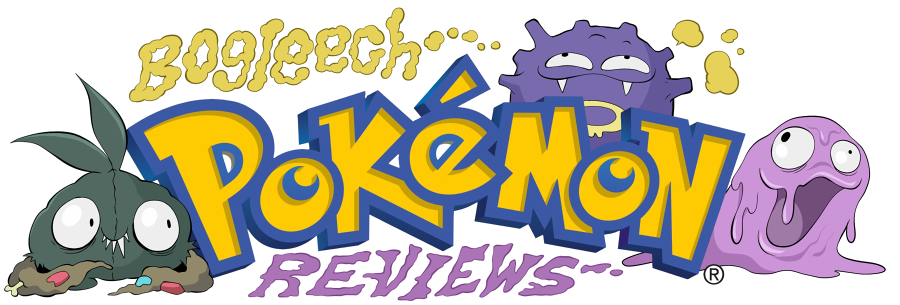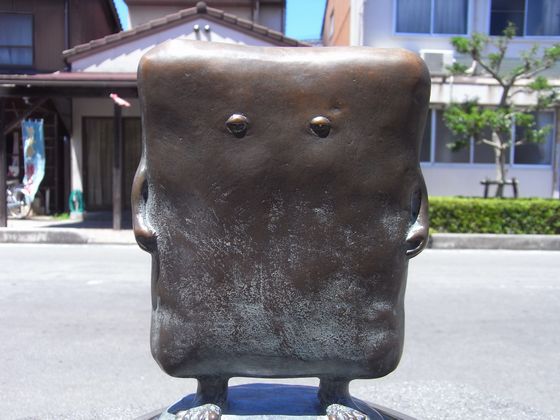Pokemon Type Reviews: Rock
You know, off-hand, I could have sworn there were actually more rock types than ground types, but apparently not. The two certainly crossed over a great deal in the early days, with only ground/rock, water/rock and one rock/flying combination in the first generation, and another couple of rock/ground critters in Gold and Silver - the unevolved forms of Tyranitar.
More focused and more "tangible" than ground type, rock Pokemon are actually made of stone, or at least have stone incorporated into their bodies in some way, albeit in some cases almost invisibly. There's always been something really cool about monsters made of rock, too, and I appreciate that they come in such an incredibly wild variety here. Only a few rock Pokemon are just living masses of stone, but when they are, they're fairly memorable themselves.
I always thought Rock's weaknesses to water and grass were a little odd, though. Water and plant life don't erode rock that quickly. The weakness to ground, steel and fighting all make more sense as various forces capable of immediately fracturing stone.
Rock's strengths are against bug, ice, flying and fire, the last of which I actually completely overlooked until just now. Fire? Really? Why fire? Flying's weakness to rock at least has a great joke behind it, suffering double damage because you kill two birds with one stone, but I just don't know what the reasoning is for fire.
The rock type's greatest claim to fame, of course, is the presence of fossil Pokemon, ancient prehistoric creatures you can resurrect from their own petrified remains. This is Pokemon's now-preferred means of incorporating dinosaurs, but also extends to an assortment of killer invertebrates, and if it counts, a non-extinct Coelecanth!
There are two fun theories of course as to why all of these prehistoric beasts have the rock typing. One holds that, logically, monsters who are already rock type would fossilize much better than fully organic species, making extinct rock types the easiest Pokemon to reconstitute in the first place. The other leading theory, and my personal favorite, is that their reconstitution from a petrified state makes them into new rock-type species whatever their original typing may have been.
More focused and more "tangible" than ground type, rock Pokemon are actually made of stone, or at least have stone incorporated into their bodies in some way, albeit in some cases almost invisibly. There's always been something really cool about monsters made of rock, too, and I appreciate that they come in such an incredibly wild variety here. Only a few rock Pokemon are just living masses of stone, but when they are, they're fairly memorable themselves.
I always thought Rock's weaknesses to water and grass were a little odd, though. Water and plant life don't erode rock that quickly. The weakness to ground, steel and fighting all make more sense as various forces capable of immediately fracturing stone.
Rock's strengths are against bug, ice, flying and fire, the last of which I actually completely overlooked until just now. Fire? Really? Why fire? Flying's weakness to rock at least has a great joke behind it, suffering double damage because you kill two birds with one stone, but I just don't know what the reasoning is for fire.
There are two fun theories of course as to why all of these prehistoric beasts have the rock typing. One holds that, logically, monsters who are already rock type would fossilize much better than fully organic species, making extinct rock types the easiest Pokemon to reconstitute in the first place. The other leading theory, and my personal favorite, is that their reconstitution from a petrified state makes them into new rock-type species whatever their original typing may have been.












